#urban forest
Explore tagged Tumblr posts
Text
"A recent World Meteorological Organization report called heat waves the “deadliest meteorological hazard” from 2015 to 2019, affecting people living on all continents, and setting new national heat records in many regions.
Canada’s top weather event in 2021 was British Columbia’s record-breaking heat, according to Environment and Climate Change Canada. The temperature in Lytton, B.C., hit 49.6 C on June 29. The following day a wildfire destroyed 90 per cent of the town, killing two people and displacing 1,200 others.
Heat waves also exacerbate existing health issues, including cardiovascular and respiratory disease. They’re associated with increased hospital admissions, psychological stress and aggressive behavior, as well as excess mortality.
During heat waves, the highest temperatures are often found in urbanized areas. Urbanization is almost always associated with an increase in paved, impervious areas, and often a decrease in greenery. Concrete and asphalt roads, and other built materials readily absorb, store and release heat, raising city temperatures, a phenomenon called the urban heat island.
Many studies have shown that urban forests can reduce the urban heat island, and many policies focus their attention on large green spaces.
Small green spaces, such as yards, rooftops and small parcels of undeveloped land, can make impressive contributions to lowering urban heat, but they are often overlooked when developing strategies for urban cooling.
The effect of small green spaces
Cities rarely have the opportunity to add large green spaces to help counter the effects of heatwaves. Smaller vegetated spaces, however, can still meaningfully decrease local land temperatures.
Small green spaces, such as yards, rooftops and small parcels of undeveloped land, can make impressive contributions to lowering urban heat, but they are often overlooked when developing strategies for urban cooling.
A recent study in Adelaide, Australia, found that tree canopy cover and, to a lesser extent, grass cover decreased local daytime surface temperatures by up to 6 C during extreme summer heat conditions. Further inland, suburban yards and gardens can decrease local surface temperatures up to 5 C.
At a quite small scale, on the order of tens of square metres, trees reduced daytime surface temperatures twice as much as grass cover. But grass and other small, low-lying plants, grow relatively quickly, compared to trees.
Cities should adopt short-term and long-term strategies to respond to extreme heat, including the replacement of paved and impervious surfaces with grasses and turf, and increasing tree plantings to boost canopy coverage.
Amplifying the cooling effect
Furthermore, when managing small green spaces, city planners and foresters can select tree species based on their ability to cool the environment. Green spaces with a high diversity of tree species have a greater cooling effect in spring, summer and fall. They also have a larger maximum drop in temperature in the summer, compared to spaces that are less diverse.
For example, tree canopies with large leaves and high transpiration rates — the evaporation of water from plants occurring at the leaves — could provide more cooling.
Planting a variety of species, of different heights, can have a larger cooling effect than tall trees alone.
The structure of green space may also influence its cooling efficiency. In summer, a plant community with multiple layers of trees, shrubs and herbs can further decrease air temperature by 1 C on a sunny day and 0.5 C on a cloudy day, compared with an area only dominated by tall trees...
But overall, trees usually have a stronger effect on cooling than grass. Planting trees in groups, not individually or in lines, is recommended for regulating the microclimate (local climate conditions near the Earth’s surface).
Small green spaces can offer a lot of summer cooling in cities. And cities can learn to manage the configuration of small green spaces better to get more cooling benefits and minimize the trade-offs."
-via GoodGoodGood, July 4, 2024
#green space#urban#urban landscape#urban forest#urban green spaces#food forest#permaculture#gardening#microclimate#cooling#conversation#global warming#climate change#climate action#solarpunk#rooftop garden#ecopunk#meterology#ecology#ecosystems#environmental science#plant trees#good news#hope
747 notes
·
View notes
Text
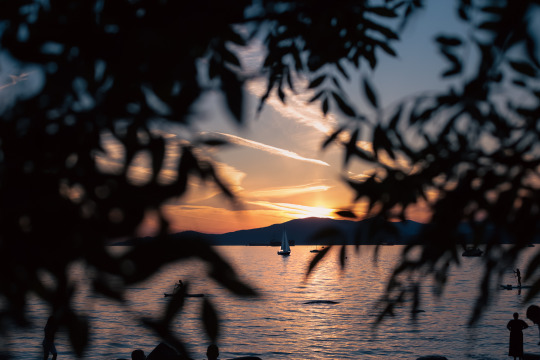
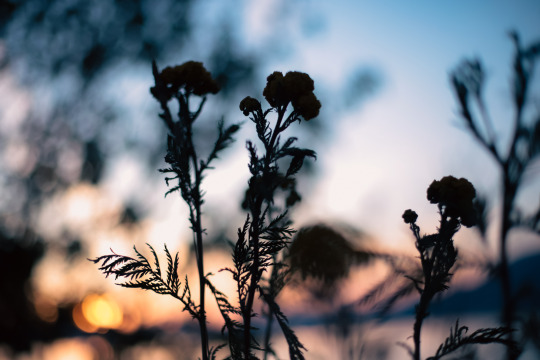
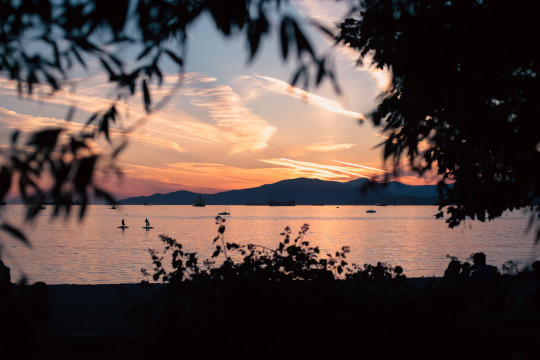
sammfisherphoto
#photographer#vancouver#photography#nature#travel#flowers#naturecore#aesthetic#british columbia#landscape#forestcore#photooftheday#photographers on tumblr#wonderland#cottagecore#urban forest#sunset#pastel aesthetic#bokeh#summer#beach#kitsilano beach#kits beach#tumblrphotos#instatumblr
2K notes
·
View notes
Text
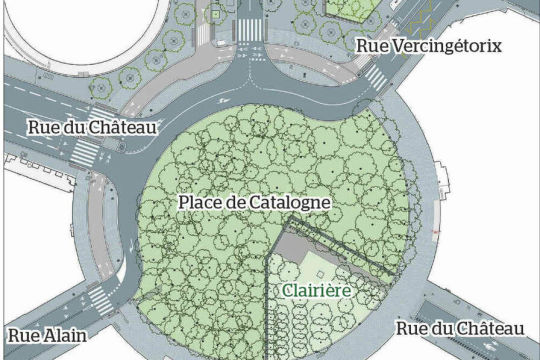
Paris plants its first "urban forest" on a busy roundabout as part of a plan to turn the French capital into a garden city
The city will plant 478 trees on the Place de Catalogne near the Gare Montparnasse train station as a flagship project in Socialist Mayor Anne Hidalgo's drive to cut noise, pollution and tackle global warming.

The Place de Catalogne roundabout - designed by the late Spanish architect Ricardo Bofill in the 1980s - had for decades been a busy thoroughfare for cars. In recent years it has been transformed into a Dutch-style, bicycle-friendly junction that is also the start of a "voie verte" or greenway bike lane to the southern suburbs.


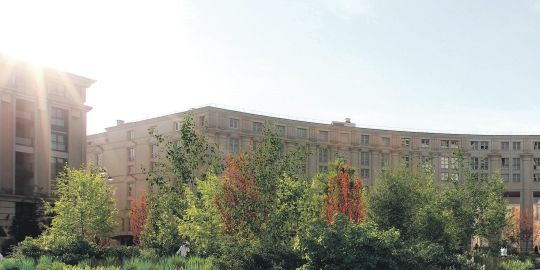
Paris City Hall aims to have planted 170,000 more trees between 2020 and 2026, and more than 63,000 trees have already been planted, opens new tab since November 2020.
Hidalgo's leftist-green coalition has also reduced the space for cars in the city, increased parking fees and is phasing out diesel cars from the city centre.
The city's latest plan is to drive large sports utility vehicles (SUVs) from its centre
69 notes
·
View notes
Text
youtube
Rahway, New Jersey, faces major environmental challenges—poor air quality, urban heat, and polluted waterways—all made worse by limited tree cover. But change is happening.
✅ Subscribe to One Tree Planted: https://bit.ly/2IsCtqc
🌳 Plant Trees: https://onetreeplanted...
In this mini-documentary, we explore how Groundwork Elizabeth, backed by local leadership, is transforming the city with over 400 newly planted trees and an innovative Miyawaki microforest in Grover Cleveland Park. 🌱 This densely planted, fast-growing forest will restore biodiversity, improve air and water quality, and provide hands-on environmental education for local students.
🌲 About One Tree Planted:
One Tree Planted is a 501(c)(3) non-profit organization and we plant trees! We are a tree planting charity with a goal: to make it as simple as possible for anyone to plant trees.
#One Tree Planted#solarpunk#miyawaki forest#micro forest#Rahway#new jersey#USA#Grover Cleveland Park#native plants#native trees#native species#Merck#urban forest#Youtube
15 notes
·
View notes
Text


entre azuis e rochas
#rio de janeiro#niterói#brasil#nature#tropical#nature photography#urban forest#urban photography#sightseeing#street photography
43 notes
·
View notes
Photo

84 notes
·
View notes
Text
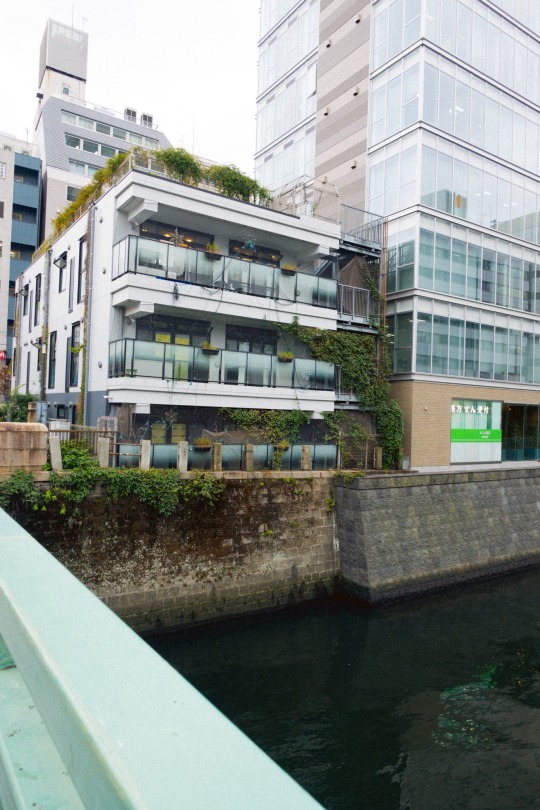
Apt Building overlooking the Kanda River. Chiyoda City. Tokyo, Japan.
#Kanda River#Apartments#Mansion#Mansions#Urban Landscape#Green Aesthetic#Urban Forest#Chiyoda#Tokyo#Japan#Photography#Plants#Moss
17 notes
·
View notes
Text
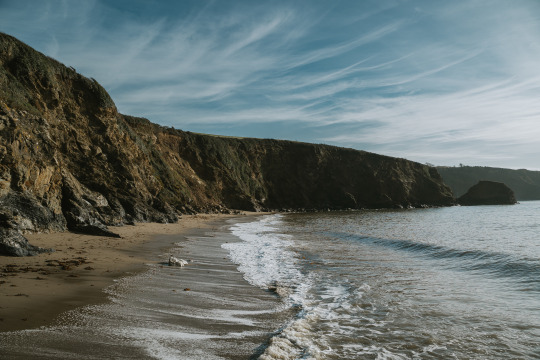
Abi Jayne Photo (c)
Cornwall beaches are absolutely divine, especially when they're empty
#photographer#photography#nature#travel#flowers#naturecore#aesthetic#landscape#forestcore#photooftheday#photographers on tumblr#wonderland#urban forest#sunset#bokeh#summer#beach#tumblrphotos#instatumblr#cornwall#england#ocean waves#ocean vibes
19 notes
·
View notes
Photo










(vía Camiseta clásica con la obra «Green City: A Minimalist Urban Forest» de 0penvimark)
Discover our digital art and explore our products.
Descubre nuestro arte digital y explora nuestros productos.
Design/Diseño.
https://www.redbubble.com/es/shop/ap/162506083
Stores/Tiendas.
https://www.redbubble.com/es/people/0penvimark/explore?asc=u&page=1&sortOrder=recent
#findyourthing#redbubble#viral#city#green#urban forest#minimalism#architecture#building#trees#plants#flowers#nature#ecology#cityscape#future#surrealism#harmony#balance#urban life#eco city#unique#exclusive
3 notes
·
View notes
Text


The purple rhody is close to being done, and I gotta say it was a good year for it.
6/11/23
6 notes
·
View notes
Text
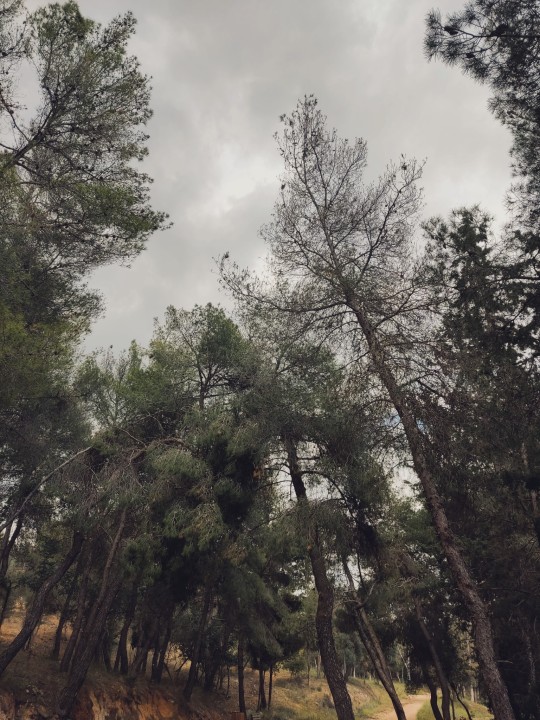
It felt like spring, but it wasn't.
2 notes
·
View notes
Text
A park with wetlands and urban forest because this is Seattle





Hmm let me get a poll for something real quick
I want to see how many people have easy access to nature, as I assume most of tumblr lives in urban areas such as cities or large suburbs, and a lot of people seem to not know much about the native species of plants and animals in their area. If you answered several, please reblog with which ones! And if the natural area is not mentioned, add it in a reblog or comment :)
13K notes
·
View notes
Text
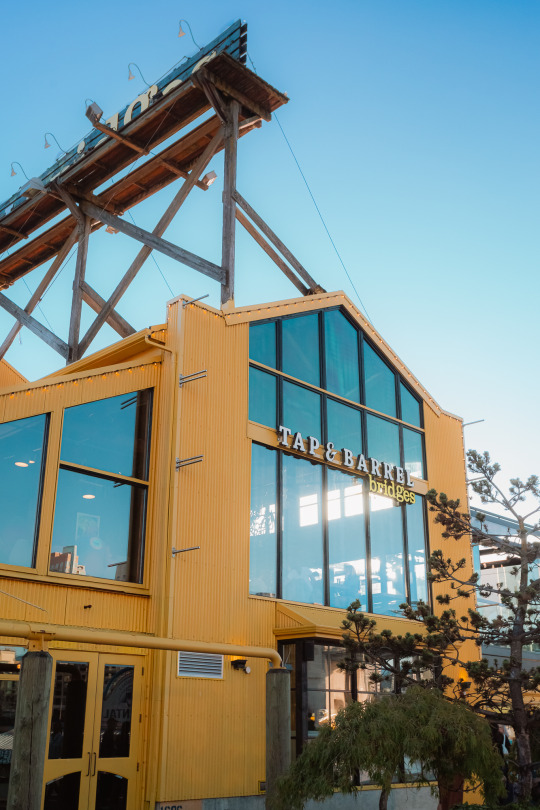


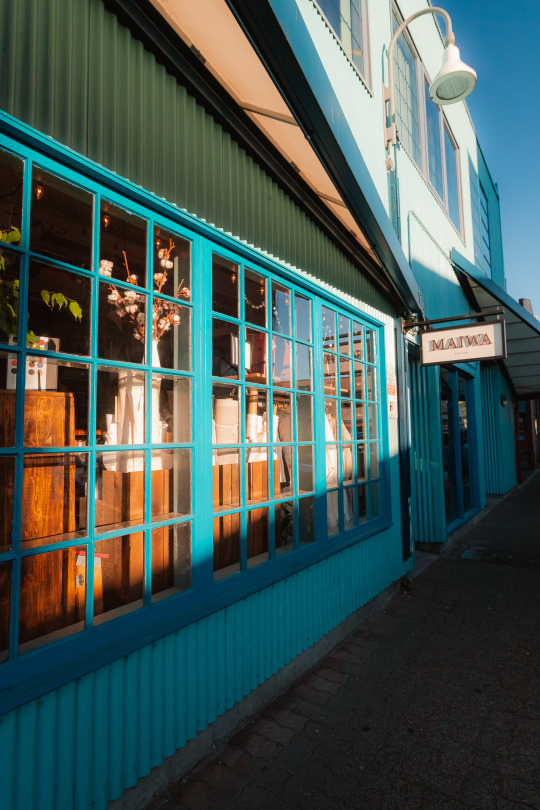
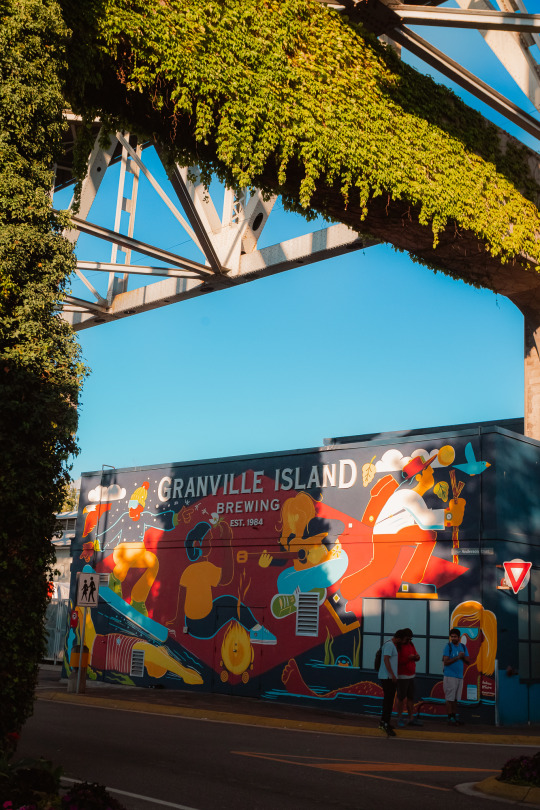
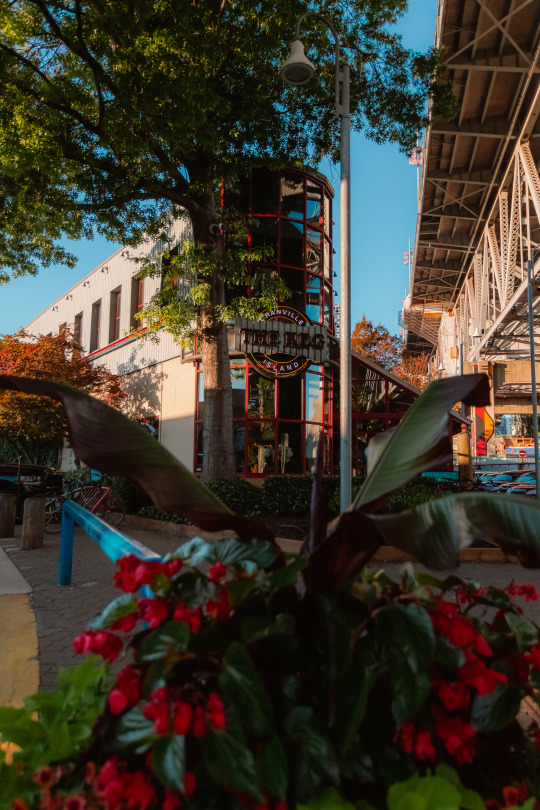
sammfisherphoto on instagram
Granville Island, Vancouver, BC
#photographer#vancouver#photography#nature#travel#flowers#naturecore#aesthetic#british columbia#landscape#forestcore#photooftheday#photographers on tumblr#wonderland#cottagecore#urban forest#sunset#pastel aesthetic#bokeh#summer#tumblrphotos#instatumblr#boathouse#granville island#golden hour
9 notes
·
View notes
Text
Clifton Urban Forest is a lush oasis amidst Karachi’s urban sprawl. Initiated on January 8, 2021, by Masood Lohar, the former head of UNDP-GEF SGP, from the platform of Sindh Radiant Organisation, this project aims at restoring the marine ecosystem which once adorned this stretch of the coast.
Today, after a little more than three years, it has flourished into a 220-acre haven of biodiversity and a beacon of hope for urban ecological renewal.

Masood’s story on how it all started is one worth listening. It began in a small blue camper’s tent, surrounded by heaps of garbage that once blighted this area. The bad odour was almost unbearable, he told me. With relentless dedication, he and his team removed tonnes of waste, dug deep to cleanse the land and planted 700,000 trees comprising 101 species, including mangroves, water lilies and lotuses. He has demonstrated unwavering commitment to this urban forest, to the point that he now lives on-site to personally take care of the trees, direct the whole team and prevent the illicit sale of rare birds. This Herculean effort transformed a neglected dump into the largest biodiversity-rich hotspot in Pakistan, attracting both local and migratory wildlife.

But Clifton Urban Forest’s impact extends far beyond flamingos. It hosts around 140 species of birds, including the black-tailed godwit and the Eurasian curlew, both internationally near-threatened species and the first-ever sighting of the crab plover in Pakistan. The forest’s dense foliage, teeming with insects, provides food for larger predators, creating a balanced ecosystem. This intricate web of life supports various species, from lizards and snakes to butterflies and honeybees, some of which are native and threatened species essential for pollination and ecosystem health.
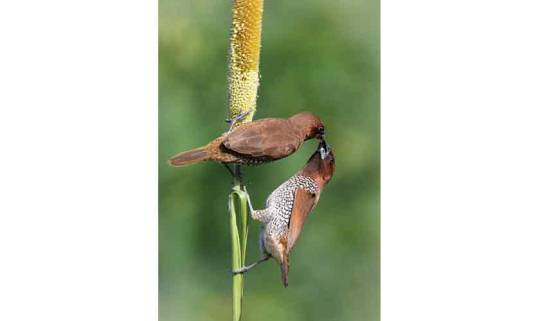
In the face of escalating heatwaves and declining urban air quality, the Clifton Urban Forest plays a critical role in mitigating the harsh effects of climate change. Urban forests are vital for reducing temperatures, improving air quality and providing mental health benefits. This green lung of Karachi not only sequesters carbon dioxide from the atmosphere, but also cools the surrounding areas, making life more bearable even in the hottest of the seasons.
#solarpunk#solar punk#community#solarpunk aesthetic#urban forest#restoration#climate change#sustainability#green lungs#karachi
9 notes
·
View notes
Text
youtube
We've travelled to Indonesia to showcase spectacular gardens, stunning nature and passionate growers. Sean Salim from @onlyplants introduces us to a particularly stunning garden today. On the outskirts of Jakarta is a luxurious garden full of life. There are crickets, frogs, birds and many sorts of insects.
Plant breeder Chandra Hendarto aimed to create an ecosystem in the space around his house to welcome in visiting wildlife. He was especially keen to attract dragonflies, which he says are a good indicator of a healthy ecosystem. There are now lots of dragonflies in his lush, naturalistic garden, which features a swimming pool that sits alongside fishponds and a waterfall surrounded by dense, tropical foliage and tall trees.
While his garden is large, he says even if you only have a few square metres, it’s possible to contribute oxygen to the world by adding a few plants.
He says the garden has changed his life.
Filmed in Depok, West Java
#Gardening Australia#solarpunk#Indonesia#jakarta#garden#gardening#urban forest#urban garden#forest garden#Youtube
16 notes
·
View notes
Photo
Here’s a link to the article shown in these screenshots.
https://www.theatlantic.com/technology/archive/2015/07/when-you-give-a-tree-an-email-address/398210/
And here’s a link to the project: http://melbourneurbanforestvisual.com.au
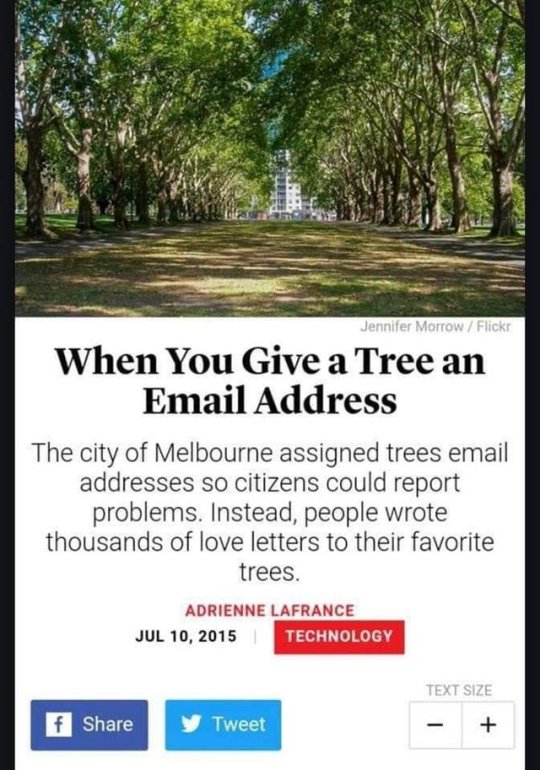
78K notes
·
View notes